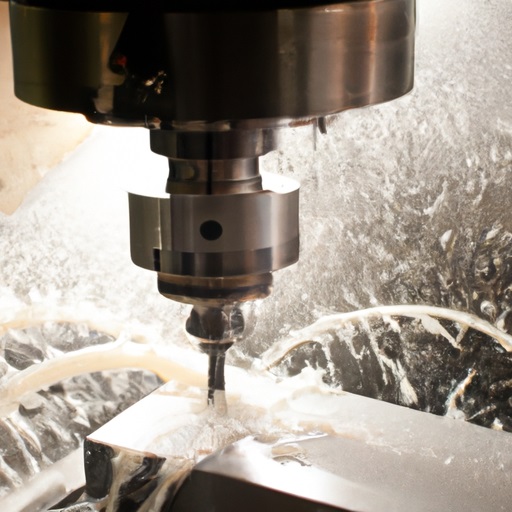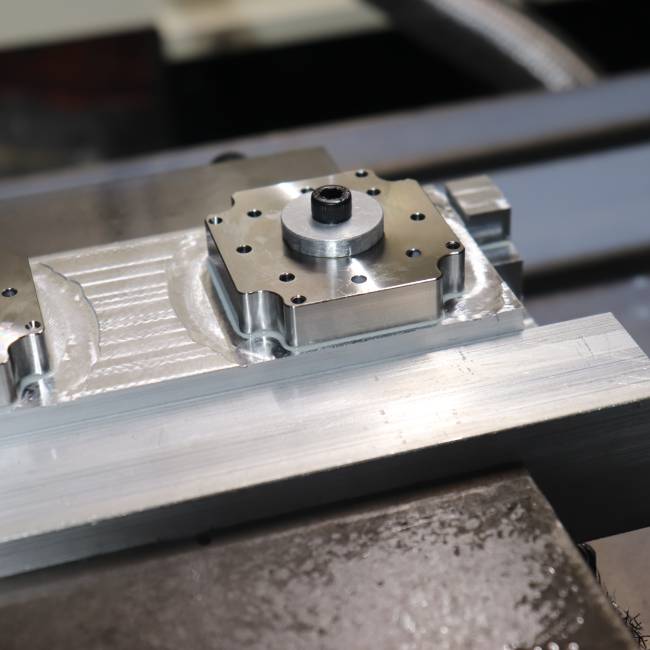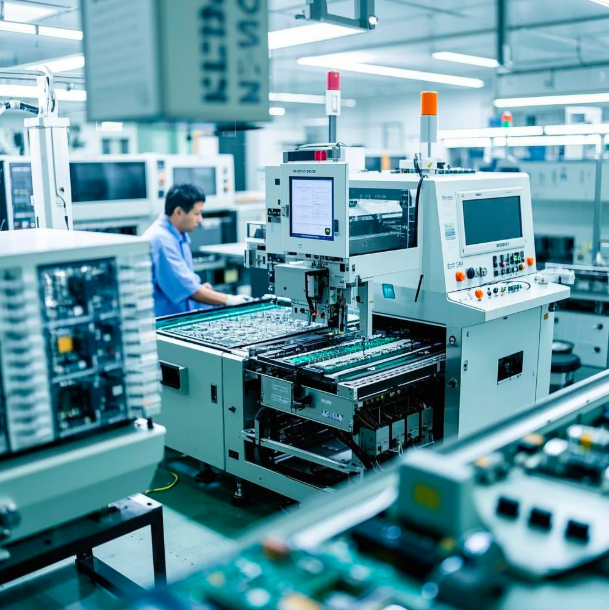目录
CNC milling is a versatile manufacturing process used in various industries to create precise parts from a wide range of materials. The type of material used in CNC milling significantly impacts the machining process, influencing factors such as tool selection, cutting parameters, and overall efficiency. This article delves into how different materials affect the cnc milling process, exploring the characteristics, advantages, and challenges associated with each type.
The Impact of Different Materials on the CNC Milling Process
1. Introduction to CNC Milling
CNC (Computer Numerical Control) milling involves the use of computer-controlled machines to remove material from a workpiece, creating parts with complex geometries and high precision. The process is widely used for manufacturing components in industries such as aerospace, automotive, medical, and electronics.
2. Impact of Different Materials on CNC Milling
Various materials can be machined using CNC milling, each presenting unique challenges and requirements. Here are some common materials and their effects on the cnc milling process:
(1). Metals
a. Aluminum
– Characteristics: Aluminum is lightweight, has excellent machinability, and good thermal conductivity.
– Advantages: Easy to machine, low tool wear, high cutting speeds, and good surface finish.
– Challenges: Tendency to form built-up edges on cutting tools, which can affect precision.
b. Steel
– Characteristics: Steel is strong, durable, and available in various grades (e.g., carbon steel, stainless steel).
– Advantages: High strength and wear resistance.
– Challenges: Requires robust tooling and slower cutting speeds due to its hardness, which can lead to increased tool wear.
c. Titanium
– Characteristics: Titanium is strong, lightweight, and corrosion-resistant.
– Advantages: High strength-to-weight ratio, biocompatibility for medical applications.
– Challenges: Poor thermal conductivity, which can cause heat buildup and tool wear, requiring lower cutting speeds and special tooling.
d. Brass
– Characteristics: Brass is an alloy of copper and zinc, known for its excellent machinability and corrosion resistance.
– Advantages: Easy to machine, produces a good surface finish, minimal tool wear.
– Challenges: Softness can lead to deformation if not properly fixtured.

(2). Plastics
a. Acrylic (PMMA)
– Characteristics: High clarity, good rigidity.
– Advantages: Produces a clear, polished finish.
– Challenges: Prone to cracking and chipping, requiring sharp tools and careful handling.
b. Polycarbonate (PC)
– Characteristics: High impact resistance, good dimensional stability.
– Advantages: Tough and durable, suitable for parts that require high impact resistance.
– Challenges: Sensitive to heat, can warp if not properly cooled.
c. Nylon (PA)
– Characteristics: High strength, good wear resistance.
– Advantages: Suitable for parts requiring flexibility and strength.
– Challenges: Absorbs moisture, which can lead to dimensional changes, requiring dry machining or preconditioning.
d. Delrin (POM)
– Characteristics: High stiffness, low friction.
– Advantages: Excellent machinability, produces precise parts with good dimensional stability.
– Challenges: Can deform under high cutting forces if not properly supported.
3. Optimizing CNC Milling for Different Materials
To achieve optimal results in CNC milling, it’s crucial to tailor the process to the specific material being machined. Here are some strategies:
a. Tool Selection
– Choose tools with appropriate coatings and geometries for the material. For instance, use carbide tools for hard metals and high-speed steel tools for softer materials.
b. Cooling and Lubrication
– Use appropriate coolants to manage heat buildup and reduce tool wear. Water-based coolants are effective for metals, while air blasts or minimal quantity lubrication (MQL) are suitable for plastics.
c. Fixturing
– Ensure proper fixturing to prevent deformation and maintain precision, especially for softer materials like plastics and thin-walled parts.
4. Comparing CNC Milling with Other Machining Processes
a. CNC Milling vs. CNC Turning
– Advantages: CNC milling is more versatile for complex geometries and offers better surface finish for flat and irregular shapes.
– Disadvantages: Slower for cylindrical parts compared to CNC turning.
b. CNC Milling vs. Laser Cutting
– Advantages: CNC milling can machine thicker materials and offers better edge quality for metals.
– Disadvantages: Laser cutting is faster and more precise for thin materials and intricate designs.
c. CNC Milling vs. Additive Manufacturing (3D Printing)
– Advantages: CNC milling offers higher precision and material strength, suitable for functional parts.
– Disadvantages: Additive manufacturing allows for more complex internal geometries and reduces material waste.
5. Key Considerations in CNC Milling
When performing CNC milling, consider the following:
a. Material Properties
– Understand the specific properties of the material, such as hardness, thermal conductivity, and machinability.
b. Tool Wear
– Monitor tool wear and replace tools as needed to maintain precision and surface finish.

FAQ
Q: How does the choice of material affect the cost of CNC milling?
A: The choice of material can significantly impact the cost due to differences in machinability, tool wear, and required cutting speeds. Harder materials like titanium and stainless steel are more expensive to machine due to slower cutting speeds and higher tool wear. In contrast, materials like aluminum and plastics are generally more cost-effective due to their easier machinability.
Q: What are the most common tools used for different materials in CNC milling?
A: For metals, carbide tools are commonly used due to their hardness and wear resistance. High-speed steel (HSS) tools are used for softer metals and some plastics. For plastics, sharp-edged tools with specific geometries designed to reduce heat buildup and prevent material melting are preferred.
Q: How do you manage thermal expansion in materials during CNC milling?
A: Thermal expansion is managed by optimizing cutting parameters, using appropriate cooling strategies, and ensuring the workpiece is properly fixtured. Materials prone to significant thermal expansion, like plastics, require careful monitoring of temperatures and may need lower cutting speeds to minimize heat generation.
Q: Can CNC milling be used for both prototyping and production runs?
A: Yes, CNC milling is versatile enough for both prototyping and production runs. For prototyping, it allows for rapid iteration and testing of designs. For production, it provides consistency and precision, especially when producing parts with complex geometries and tight tolerances.
Q: What are the environmental considerations for CNC milling different materials?
A: Environmental considerations include proper disposal of cutting fluids, managing metal chips and plastic waste, and ensuring safe handling of any hazardous materials. Recycling of metal scraps and using biodegradable or recyclable coolants can help mitigate environmental impact.
By understanding the impact of different materials on the cnc milling process and optimizing machining strategies accordingly, manufacturers can enhance efficiency, reduce costs, and achieve high-quality outcomes. Each material brings unique challenges and advantages, and selecting the right approach for each can lead to successful and precise machining results.
0





